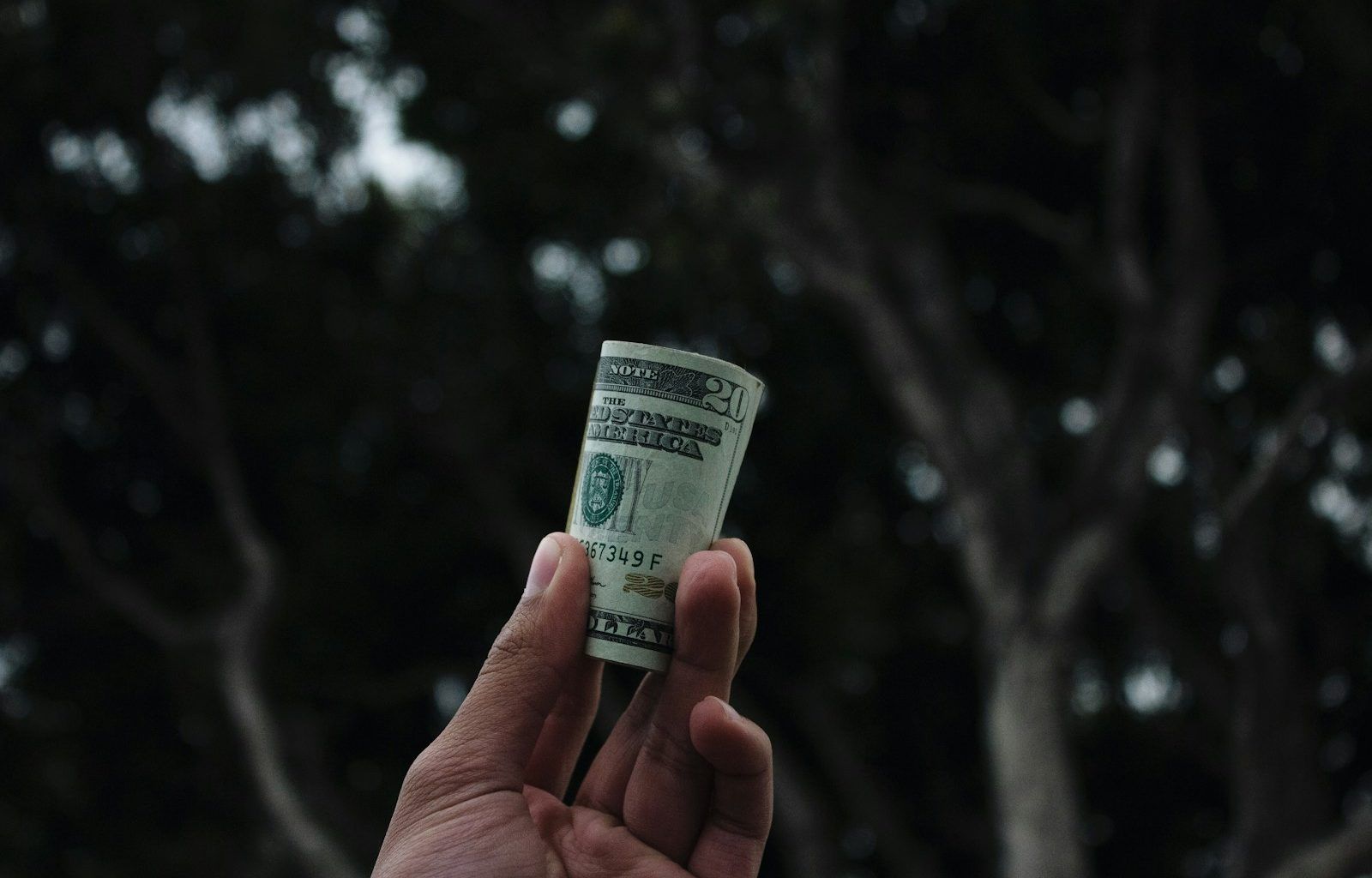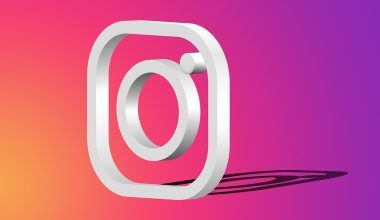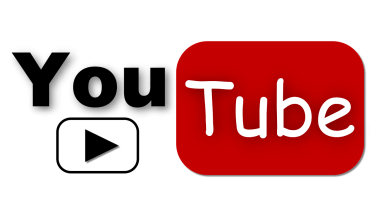In today’s music industry, independent artists and creators have more opportunities than ever before to turn their passion into a sustainable income. Whether you’re a budding musician or an established artist, learning how to monetize your song on all digital stores on multiple platforms is key to reaching a global audience and maximizing your earnings. This guide will walk you through the process, step by step, so you can get your music on platforms like Spotify, Apple Music, Amazon, and more.
If you’ve ever wondered how to get your music heard, earn royalties, and build a loyal fan base, you’re in the right place. Let’s explore how to distribute and monetize your songs effectively across digital stores worldwide.
What Does It Mean to Monetize Your Song?
Monetizing your music means turning your creations into a source of income. It’s not just about uploading a track and hoping for the best; it’s about using the right platforms, tools, and strategies to ensure you’re getting paid whenever someone streams, downloads, or licenses your song.
From streaming royalties to sync deals, monetization opens up various revenue streams for artists. With the rise of digital stores, you no longer need a major record label to reach millions of listeners. Instead, you can take control of your music and earn directly from it.
Why Is Monetization Important for Artists?
Monetizing your song on digital stores ensures you’re compensated for your work. Creating music involves time, effort, and resources, and earning from your songs allows you to sustain your career.
Additionally, monetization helps you build a professional brand, track your music’s performance, and establish a consistent income stream. It’s a crucial step for anyone serious about making music a full-time endeavor.
How to Prepare Your Song for Monetization
Before you can monetize your song on all digital stores, there are a few things to prepare:
- Ensure High-Quality Production: A professionally mixed and mastered track ensures your music sounds great on all platforms.
- Register Your Song: Sign up with a performance rights organization (PRO) like ASCAP, BMI, or PRS to collect royalties.
- Get an ISRC Code: An International Standard Recording Code (ISRC) is essential for tracking and managing your song’s royalties.
- Metadata Is Key: Properly tag your music with accurate metadata, including song title, artist name, and genre.
Once your song is ready, it’s time to move on to the distribution process.
Choosing the Right Digital Distribution Service
To monetize your song on multiple platforms, you need a digital distributor. These services act as a bridge between you and the digital stores, ensuring your music is available on Spotify, Apple Music, Amazon Music, and many others.
Some popular digital distributors include:
- TuneCore: Offers flexibility and a user-friendly interface.
- CD Baby: Great for independent artists, with options for physical distribution as well.
- DistroKid: Known for its affordable pricing and unlimited uploads.
- LANDR: Offers distribution along with mastering services.
When choosing a distributor, consider factors like pricing, ease of use, and additional features like royalty splits and analytics.
Uploading Your Song to Digital Stores
Once you’ve chosen a distributor, uploading your song is straightforward:
- Sign Up with Your Chosen Distributor: Create an account and fill out your artist profile.
- Upload Your Song and Artwork: Follow the platform’s guidelines for file formats and image resolutions.
- Set Your Release Date: Plan your release strategically to maximize impact.
- Choose Platforms: Most distributors let you select which stores and platforms you want your music on.
- Add Metadata: Double-check all song details for accuracy.
Maximizing Your Earnings on Streaming Platforms
Streaming platforms like Spotify and Apple Music generate income through royalties. Here’s how to boost your earnings:
- Create Playlists: Curate playlists that include your songs to increase streams.
- Encourage Fans to Stream: Use social media to drive traffic to your tracks.
- Pitch to Editorial Playlists: Submit your music for consideration to Spotify’s and Apple Music’s playlists.
- Utilize Spotify for Artists: Gain insights into your streams and audience demographics.
Selling Your Music on Download Platforms
While streaming dominates, download platforms like iTunes and Amazon Music still hold value. Selling downloads provides a direct revenue stream and appeals to fans who prefer to own music outright.
To make the most of download platforms:
- Offer Exclusive Content: Provide bonus tracks or special editions for download-only purchases.
- Promote Early Access: Give fans the option to pre-order your music.
- Bundle Merch and Music: Combine downloads with merchandise to boost sales.
Generating Income Through YouTube
YouTube is a powerful tool for both promoting and monetizing your music. To earn from YouTube:
- Monetize Your Channel: Enable ads on your videos.
- Use Content ID: Register your songs so you can earn whenever they’re used by others.
- Engage Your Audience: Post behind-the-scenes content, lyric videos, and live performances.
- Collaborate with Influencers: Partner with creators to reach a wider audience.
Social media platforms like Instagram, Facebook, and TikTok now allow artists to monetize their music through features like Stories, Reels, and ads. Here’s how to leverage them:
- Add Your Songs to Music Libraries: Ensure your music is available in Instagram and TikTok’s sound libraries.
- Run Targeted Ads: Use social media ads to promote your releases.
- Encourage User-Generated Content: Ask fans to create videos using your music.
Collecting Royalties
Understanding royalties is essential for successful monetization. There are three main types of royalties:
- Mechanical Royalties: Earned from streams and downloads.
- Performance Royalties: Generated when your music is played in public or on the radio.
- Sync Royalties: Earned from music used in TV, films, and ads.
By registering your music with a PRO and using a royalty collection service, you can ensure you’re compensated for every play.
Promoting Your Music Across Platforms
Promotion is key to increasing streams and sales. Here’s how to promote your song effectively:
- Build an Email List: Stay connected with fans and notify them of new releases.
- Collaborate with Other Artists: Cross-promote your music with similar artists.
- Use Paid Ads: Invest in ads to reach a broader audience.
- Leverage Influencers: Partner with influencers to boost your music’s visibility.
Tracking Your Success
Once your song is live, use analytics tools to track its performance. Platforms like Spotify for Artists, Apple Music for Artists, and your distributor’s dashboard provide valuable insights.
Use this data to:
- Identify your top-performing songs and regions.
- Understand your audience’s preferences.
- Adjust your marketing strategies for better results.
Conclusion
Monetizing your song on all digital stores on multiple platforms is no longer a luxury—it’s a necessity for artists looking to grow their careers. By understanding the steps involved, from choosing the right distributor to promoting your music effectively, you can take control of your earnings and build a sustainable future in the music industry.
Whether you’re uploading your first track or expanding your reach, the tools and strategies in this guide will help you achieve success. Start today, and let your music earn for you!
For further reading, explore these related articles:
- The Rise of New Era Streams
- How to Monetise Your YouTube Channel: A Beginner’s Guide to Earning Online
- Lil Nas X’s Label: A Journey of Music, Freedom, and Success
For additional resources on music marketing and distribution, visit DMT Records Private Limited.






